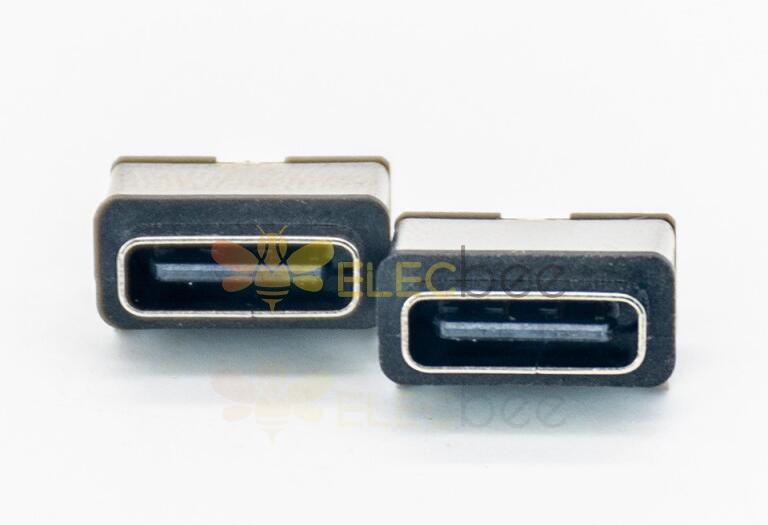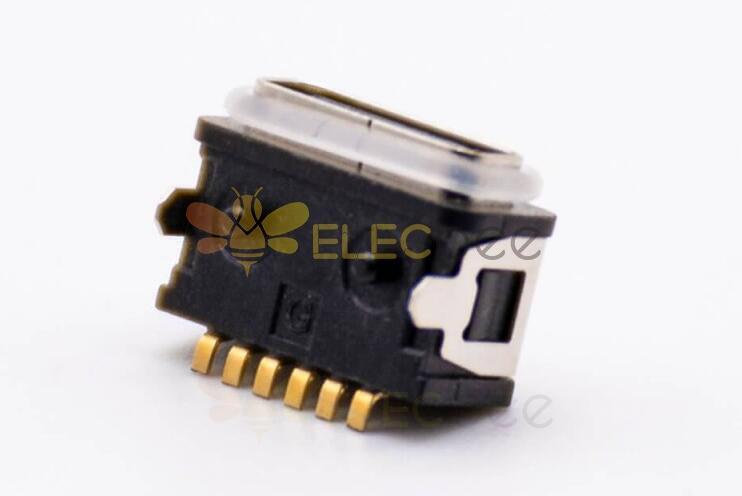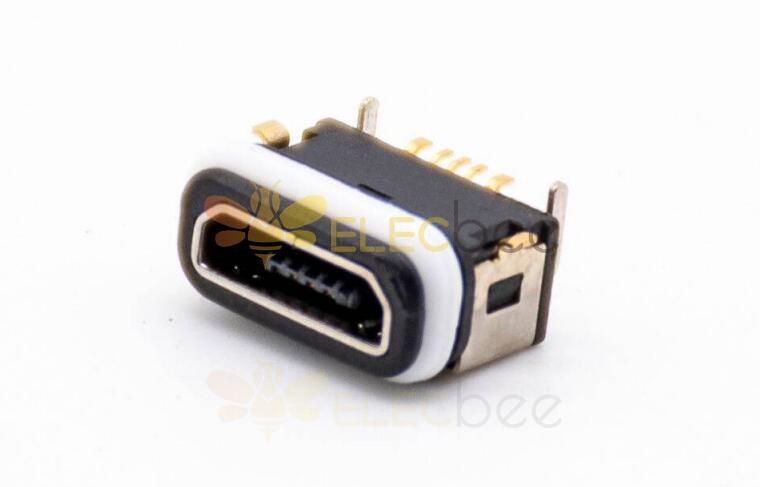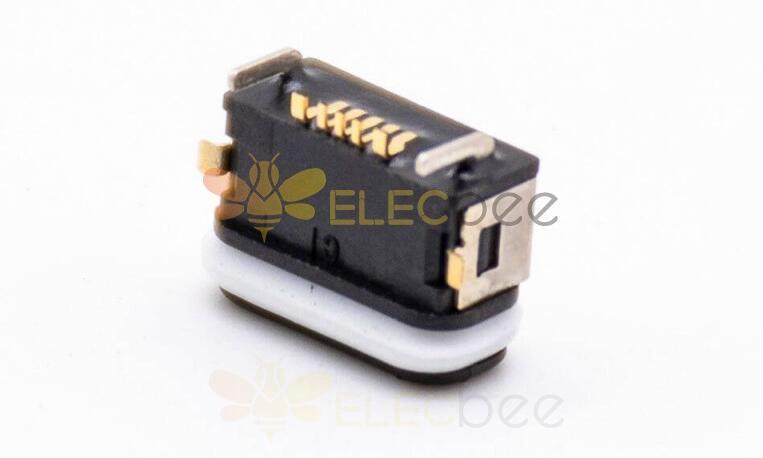As consumer products become denser, transfer larger files, have higher power requirements, and are used in more demanding environments, traditional connectivity solutions fall short. While traditional USB and micro-USB connectors have always been the standard for connectivity, USB Type-C is becoming the preferred connector solution for consumer products because it offers higher performance, combined power and data connectivity, and form factors that fit today's products.
There is a growing need for a true IPx8 waterproof version of the USB Type-C connector to meet customer demand.
In this article, we will look at the advantages of USB Type-C connectors and discuss the options and design considerations for using waterproof USB Type-C connectors.

Connectivity trends Waterproof products are a trend in the industry as users want to be able to carry their devices with them. IPhones, Samsung Galaxies, Huawei high-end phones, and others have touted water resistance as one of the attributes consumers want.
This attribute also applies to other products such as electric shavers, electric toothbrushes, POS terminals, and wearables, as well as automotive, medical, and industrial products.
The last thing users need to worry about is the environmental sensitivity of electronic products. The waterproof USB Type-C socket provides more power, faster data transfer, and environmental protection for consumer products.

Another trend is faster operation-users want products that can transfer data and charge more quickly. The market is transitioning from Micro USB to USB Type-C, which offers higher power and data rates. For example, products using Micro USB may use 0.9 A (using USB 3.0), but 5 A can be used with USB Type-C, so charging is faster.
While Micro USB data transfer rates are in the 5 GB range, USB Type-C data transfer rates can go up to 10 GB/s. This extra speed makes a big difference when transferring large files from one device to another. Finally, ease of use is a consistent goal for many designers.
USB Type-C connectors are easier to use than Micro USB because they offer flip insertion (no specific connector orientation is required for insertion).

Key requirements Some important requirements to consider in USB Type-C solutions that support these trends are: Signal integrity: Higher signal integrity equals faster data rates, so USB Type-C products with the best signal integrity are preferred and should be rated for USB 3.1 performance. In some cases, manufacturers have leveraged their experience with previous data products to deliver 10-GB/s throughput.
Power: USB Type-C products can transfer more power — 100 W at 5 A versus 10 W at 0.5 A for Micro USB systems. So, assuming the rest of the system is designed for faster charging, the device can be charged faster. Eco-friendly: To provide users with the environmental benefits they desire, the waterproof USB Type-C connector utilizes a rubber seal and seamless housing to protect against water.

These connectors shall have IPX8 water ingress performance (according to IEC 60529) and shall be durable enough for thousands of mating cycles. The added board retention features contribute to a robust design that provides high reliability and quality.USB Type-C connectors with IPX8 water resistance are becoming the new standard for a variety of products because of their anytime, anywhere reliability, faster charging, and faster data transfer. Micro USB has a good history of providing connectivity in a wide range of products, but USB Type-C is the connector of the future.
